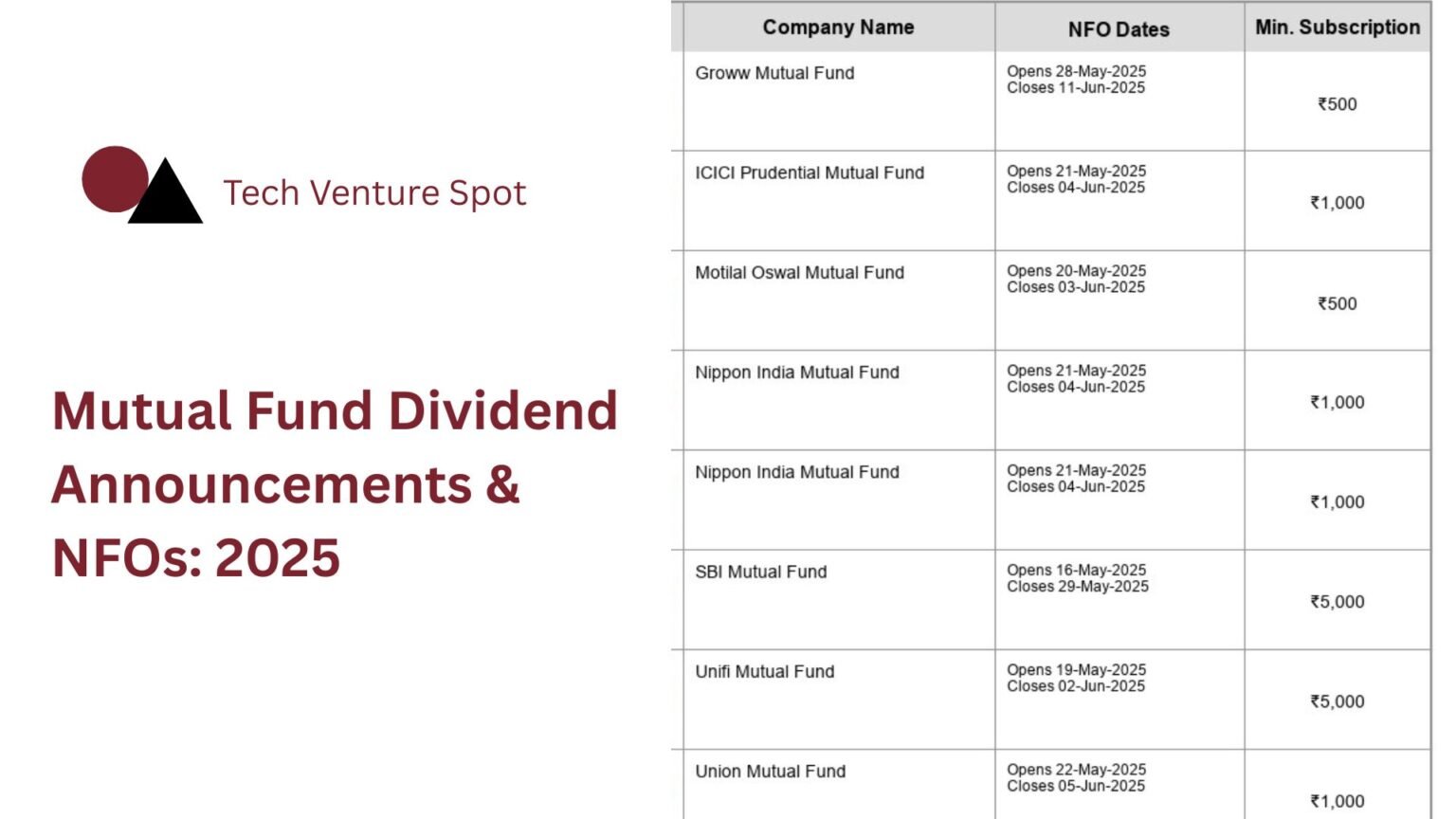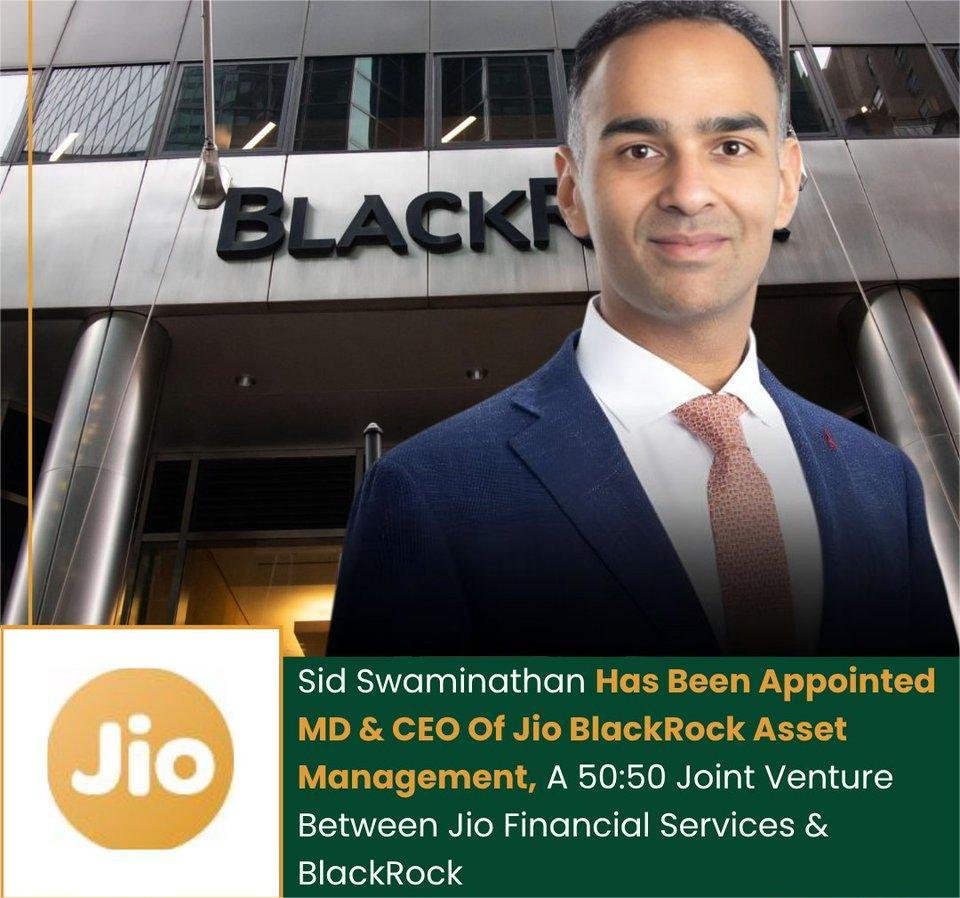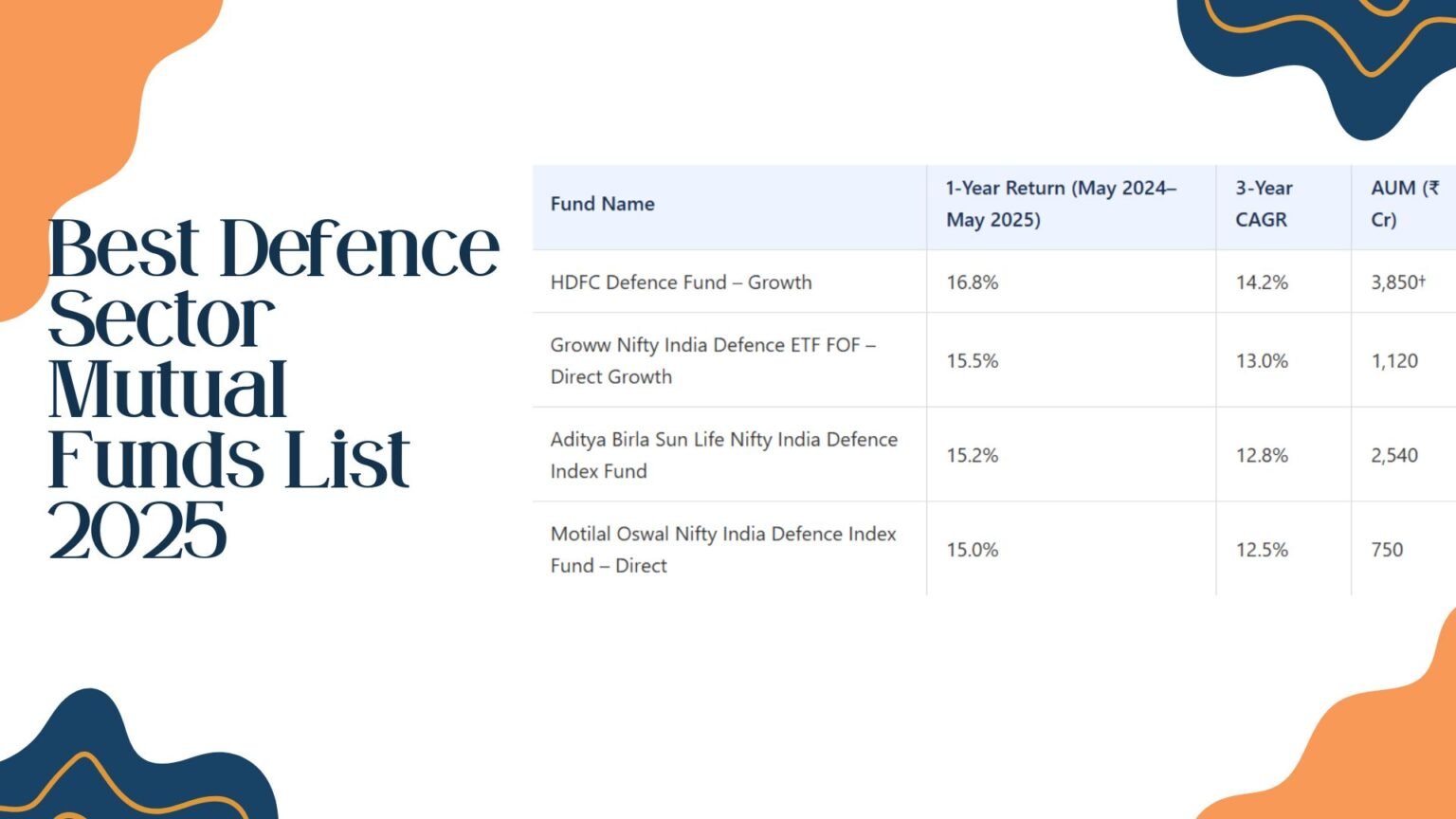Dashboard Quick Links
Current Market Scenario & Why 2025 is Crucial
Valuation Reset
Entry points have improved as the Nifty 50 P/E ratio cooled to 22.5x (June 2025) from its 28x top in 2023, offering a more attractive valuation for new investors.
-
Policy Catalyst: Established players are set to benefit from post-election reforms, particularly the push for infrastructure development and manufacturing incentives.
-
Global Shift: Nearshoring trends are helping Indian large-caps. 68% of Nifty 100 companies report export increases of over 15%.
-
Rate Sensitivity: Anticipated rate reductions by the RBI (Q4 2025) have historically increased large-cap returns by 18–22% (based on 2016–2020 data).
What Are Large Cap Funds? (SEBI Advanced Framework)
Market Cap Classification (2025 Thresholds)
The Securities and Exchange Board of India (SEBI) defines fund categories based on the market capitalization of the companies they invest in.
| Category | Cut-off | Coverage |
|---|---|---|
| Large Cap | Top 100 | ₹1.82 Lakh Cr+ |
| Mid Cap | 101-250 | ₹54k Cr - ₹1.82L Cr |
| Small Cap | 251+ | Below ₹54k Cr |
Analysis of the Top 100
Sector Dominance & Concentration
The Nifty 100 is heavily weighted towards a few sectors. Additionally, the top 10 stocks comprise nearly half of the index's weight, creating a concentration risk.
- New Entrants (2024-25): Five new businesses in Aerospace and Renewable Energy have joined the top 100.
- Dominant Sectors: Finance (32%), IT (19%), and Energy (15%).
Large Cap Fund Types
Pure Large Cap
Mandatory: At least 80% investment in the top 100 stocks.
Ideal For: Investors seeking stability for their core portfolio.
Large & Mid Cap
SEBI Mandate: Minimum 35% in large-cap and 35% in mid-cap stocks.
2025 Edge: Captures growth from promising mid-cap companies poised to become future leaders.
Global Large Cap
Exposure: US tech giants like FAANG+ and EU green energy stocks.
Hedging: 67% of these funds now offer USD-hedged options to mitigate currency risk.
Sectoral Large Cap
2025 Leaders: Focused on high-growth sectors like EV Supply Chain, Semiconductors, and Defense.
Also Read: New Mutual Fund Offer in June 2025 – Top NFO Picks
Top 5 Funds Detailed Analysis
1. HDFC Top 100 Fund (Direct-Growth)
Large CapKey Metrics
| Metric | Value | Benchmark / Category Avg |
|---|---|---|
| AUM | ₹42,187 Cr | - |
| Expense Ratio | 0.75% | Category Avg: 1.02% |
| 5-Yr CAGR | 14.2% | Nifty 100 TRI: 12.8% |
| Sharpe Ratio | 0.68 | Category Avg: 0.61 |
Top Holdings
Reliance Industries Ltd. (8.2%), HDFC Bank (7.9%), ICICI Bank (6.5%)
Critical Checks
- Manager Tenure: >3 years (Rahul Baijal since May 2022)
- Downside Capture: ~85% in 2022 correction (Ideal: <90%)
- Portfolio Churn: ~25% (Ideal: <30%)
Analysis
Managed by Rahul Baijal (since May 2022) and Priya Ranjan (since April 2024), this fund leverages Baijal's 20+ years of experience. It employs a GARP (Growth at a Reasonable Price) strategy, focusing on large companies with strong fundamentals at fair valuations. The low turnover (~25%) helps optimize for taxes.
The fund's Alpha of 1.8% and Beta of 0.92 indicate it delivers returns with lower volatility than the market. Its expense ratio of 0.75% is significantly below the category average, enhancing net returns for investors.
2. ICICI Prudential Bluechip Fund
Large CapKey Metrics
| Metric | Value | Benchmark / Category Avg |
|---|---|---|
| AUM | ₹69,000 Cr (approx.) | - |
| Expense Ratio | 0.85% | Category Avg: ~1.0% |
| 5-Yr CAGR | 24.5% | Nifty 50 TRI: ~17-18% |
| Sharpe Ratio | 0.89 | Category Avg: ~0.8-1.0 |
Top Holdings
HDFC Bank, ICICI Bank, Reliance Industries, Larsen & Toubro, Bharti Airtel
Critical Checks
- Manager Tenure: >3 years (S. Naren, 25+ years)
- Downside Capture: Better than benchmark
- Portfolio Churn: ~30-40% (Slightly high)
Analysis
Led by veteran fund manager S. Naren, this fund is known for its value investing approach and consistent track record. It uses a bottom-up stock selection process and maintains a long-term view, though its churn rate is slightly higher than ideal.
The high Sharpe Ratio of 0.89 suggests strong risk-adjusted returns. Its heavy allocation to the banking sector makes it susceptible to sector-specific risks, but it has historically managed downturns better than its benchmark.
3. Parag Parikh Flexi Cap Fund
Flexi CapKey Metrics
| Metric | Value | Benchmark / Category Avg |
|---|---|---|
| AUM | ₹1,00,000 Cr (approx.) | - |
| Expense Ratio | 0.63% | Category Avg: ~0.9-1.0% |
| 5-Yr CAGR | 27.92% | Nifty 500 TRI: ~17-18% |
| Sharpe Ratio | Not available | Category Avg: ~1.0-1.2 |
Top Holdings
HDFC Bank (7.9%), Bajaj Holdings (7.6%), Coal India (5.8%), Alphabet, Microsoft
Critical Checks
- Manager Stability: Stable team (Rajeev Thakkar)
- International Exposure: ~15-20% (Adds diversification)
- Portfolio Concentration: 25-30 stocks (Higher concentration risk)
Analysis
Managed by Rajeev Thakkar, this fund is unique for its flexi-cap strategy combined with international diversification. It invests across market caps and geographies, with about 15-20% allocated to U.S. tech stocks like Alphabet and Microsoft. This provides a hedge against domestic market downturns but introduces currency risk.
The fund's concentrated portfolio of 25-30 stocks reflects a high-conviction approach. Its stellar 5-year CAGR of 27.92% demonstrates significant outperformance. The low expense ratio of 0.63% further boosts its net returns.
4. PGIM India Midcap Opportunities Fund
Mid CapKey Metrics
| Metric | Value | Benchmark / Category Avg |
|---|---|---|
| AUM | ₹10,600 Cr | - |
| Expense Ratio | 0.46% | Category Avg: ~1.0-1.2% |
| 5-Yr CAGR | 31.61% | Nifty Midcap 150 TRI: ~23-24% |
| Sharpe Ratio | Not available | Category Avg: ~1.2-1.4 |
Top Holdings
Cummins India (3.9%), Fortis Healthcare (3.5%), Phoenix Mills (3.5%)
Critical Checks
- Upside Capture: Very strong in bull markets
- Volatility (Beta): Higher than large-cap funds
- Liquidity Risk: Potential concern as AUM grows
Analysis
Managed by Kumaresh Ramakrishnan and Avinash Agarwal, this fund focuses on high-growth mid-sized companies. It runs a concentrated portfolio of 25-35 stocks, aiming for long-term alpha generation.
The fund has delivered an exceptional 5-year CAGR of 31.61%, massively outperforming its benchmark. Its extremely low expense ratio of 0.46% is a major advantage. However, investors should be aware of the inherent higher volatility of mid-cap funds and potential liquidity challenges as its AUM increases.
5. Nippon India Small Cap Fund
Small CapKey Metrics
| Metric | Value | Benchmark / Category Avg |
|---|---|---|
| AUM | ₹58,000 Cr | - |
| Expense Ratio | 0.65% | Category Avg: ~0.8-1.0% |
| 5-Yr CAGR | 39.66% | Nifty Smallcap 250 TRI: ~24-25% |
| Sharpe Ratio | Not available | Category Avg: ~1.3-1.5 |
Top Holdings
Tube Investments (1.9%), HDFC Bank (1.6%), Voltamp Transformers (1.5%)
Critical Checks
- Diversification: Over 200 stocks reduces concentration risk
- AUM Size: Very large, potential performance drag
- Volatility: High, typical of small-cap funds
Analysis
This is one of the largest and most popular small-cap funds, known for its long track record. It employs a bottom-up stock-picking approach and holds over 200 stocks to diversify risk, which is crucial in the volatile small-cap space.
The fund's 5-year CAGR of 39.66% is extraordinary. However, its massive AUM of ₹58,000 Cr can be a disadvantage, potentially making it difficult to navigate the illiquid small-cap market effectively. Investors must have a high-risk appetite and a long-term horizon for this fund.
Also Read: Best Defence Sector Mutual Funds List 2025
Advanced Tactics
Tax Optimization
Understanding tax implications is key to maximizing returns.
| Gain Type | Holding Period | Tax Rate |
|---|---|---|
| STCG | <12 months | 15% |
| LTCG | >12 months | 10% (>₹1L gain) |
Goal-Based Buckets
Allocate your investments based on your financial goals and time horizon.
Framework for Fund Evaluation & 2025-2030 Prospects
Checklist for Red Flags
- High AUM: > ₹10,000 Cr in mid/small-cap funds (risk of illiquidity).
- Negative Alpha: Alpha < 0 for three consecutive years.
- Index Hugging: Over 40% portfolio overlap with the index in an active fund.
- High Expense Ratio: Higher than 1.1% for large-cap active funds.
Platform Comparison
| Platform | Direct Plan Fee | Research Tools |
|---|---|---|
| Zerodha | Free | ★★★☆☆ |
| ETMoney | Free | ★★★★☆ |
| CAMS | ₹50/trade | ★★☆☆☆ |
2025–2030 Expected Changes
- Stocks in AI and automation are expected to double their weight in major indexes.
- Financial consolidation may lead to 3-5 megabanks dominating the sector.
Portfolio Combinations by Risk Profile
Conservative: 30% Active Large Cap Fund + 70% Nifty 50 Index Fund.
Aggressive: 50% Pure Large Cap + 30% Large-Mid Cap + 20% Global Fund.
Monitoring Protocol
- Check for style drift and manager changes quarterly.
- Rebalance annually if allocation deviates by >10%.





